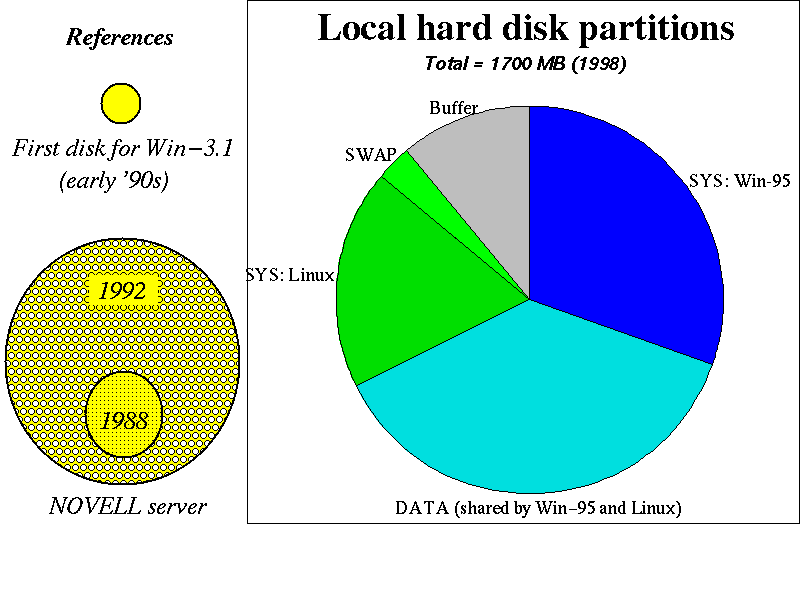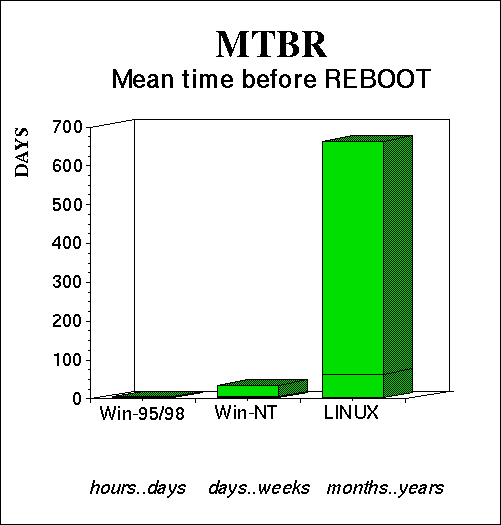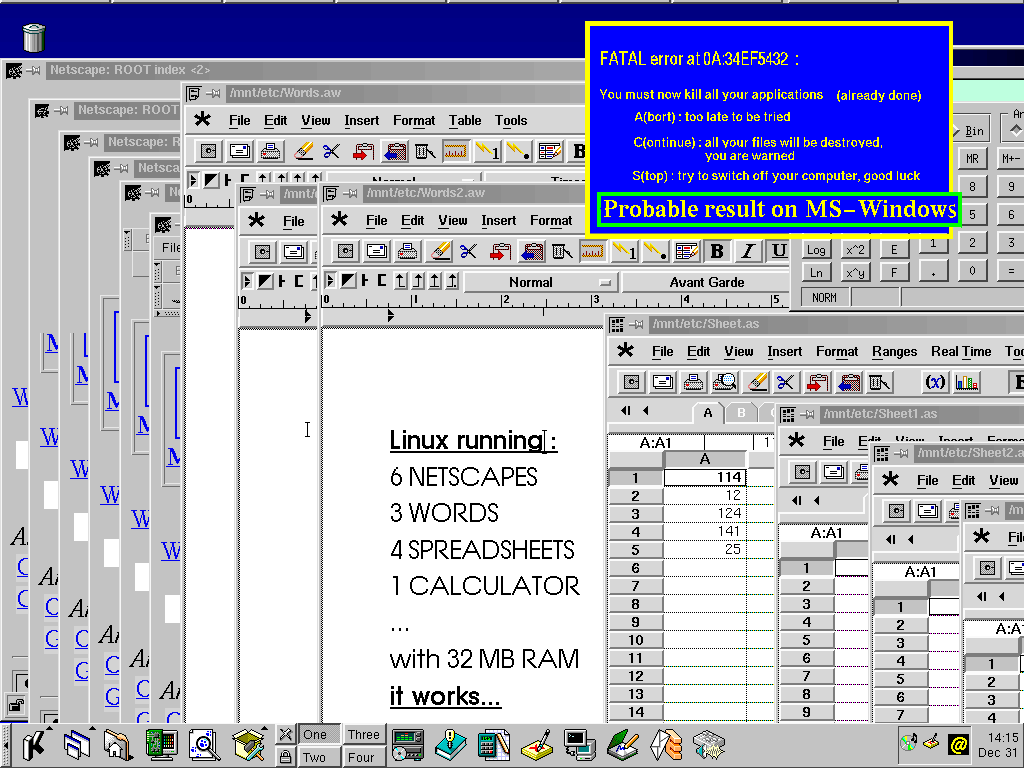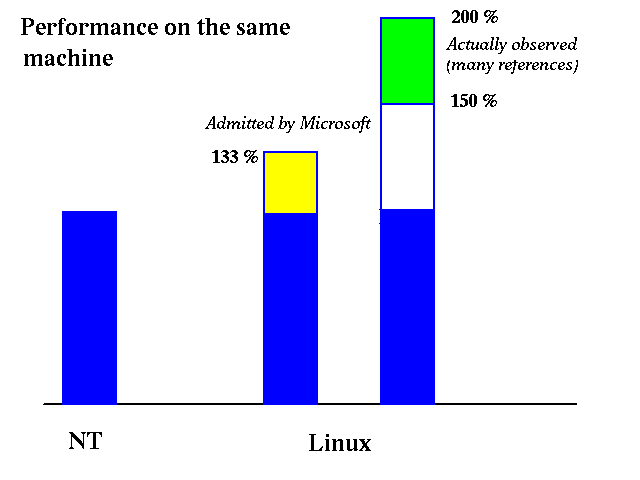
Agriculture & Middle class Ministry
R&D Administration (DG6)

National Botanic Garden

Agriculture & Middle class Ministry R&D Administration (DG6) |
NATIONAL BOTANIC GARDEN of BELGIUM | 
National Botanic Garden |
||
|---|---|---|---|---|
Solutions |
||||
| Intro | Tutorials | Informatics | ||



| 'Why buying mighty machines just to avoid to use them at full power' |
